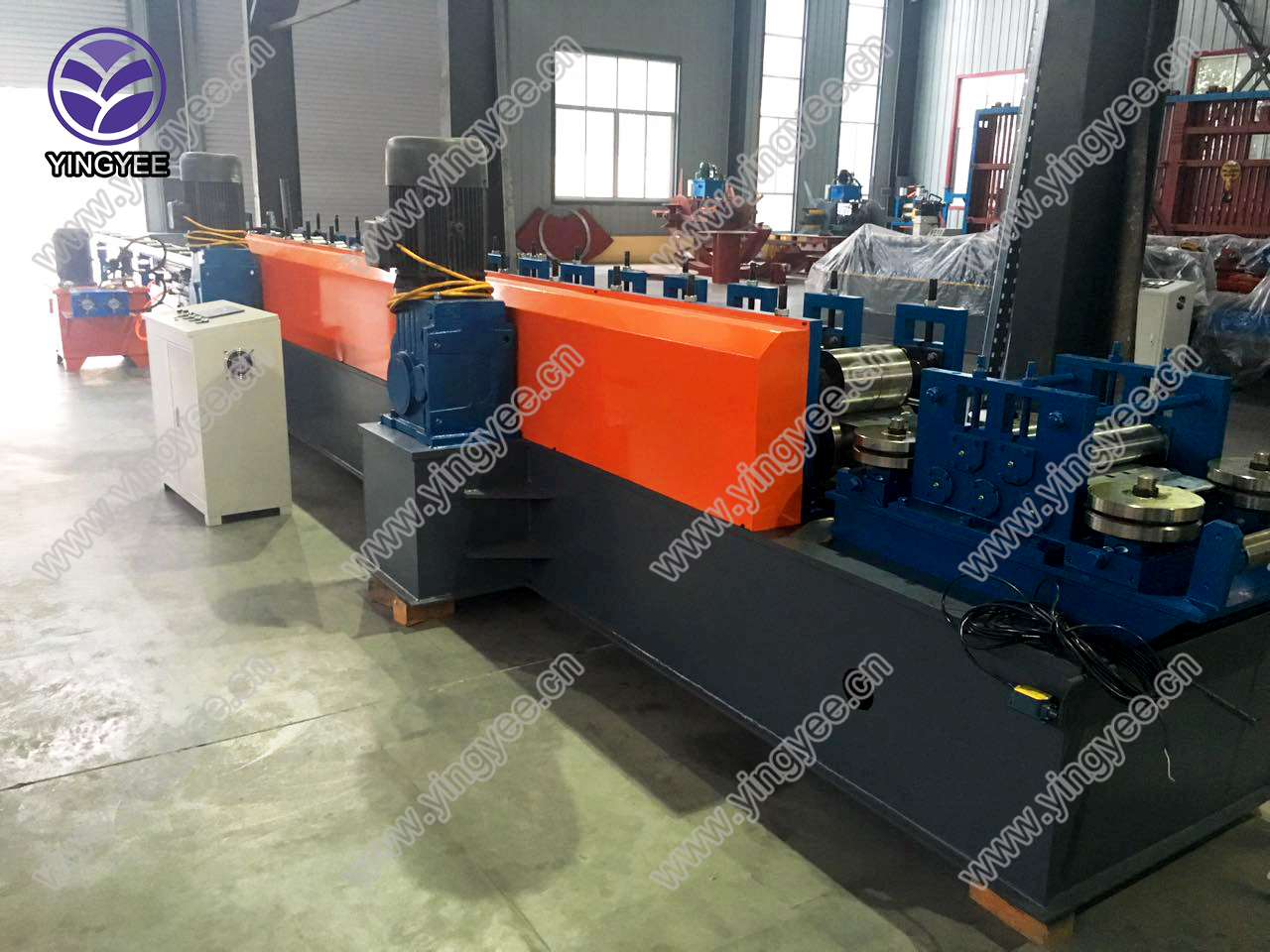
The Good Forming Effect of C Channel Machines
In the realm of modern manufacturing, the efficiency and effectiveness of production processes have become paramount. Among the various machines designed to optimize these processes, C channel machines have gained significant recognition due to their impressive forming capabilities. The Good Forming Effect associated with these machines can be attributed to several critical factors, each contributing to enhanced productivity, material utilization, and final product quality.
Understanding C Channel Machines
C channel machines are specialized tools used in the fabrication of C-shaped steel channels, a vital component in construction, automotive, and various other industries. These machines are engineered to perform tasks such as cutting, bending, and forming metal sheets into precise C channel profiles. Typically constructed with robust materials and advanced technology, C channel machines can operate at high speeds without compromising accuracy.
The Good Forming Effect Defined
The term Good Forming Effect refers to the ability of a machine to achieve optimal material deformation with minimal waste and distortion. This effect is crucial in maintaining the structural integrity and dimensional accuracy of the finished product. In the context of C channel machines, this involves producing channels that adhere to strict specifications while maximizing the use of raw materials.
Factors Contributing to the Good Forming Effect

1. Precision Engineering One of the foremost attributes of C channel machines is their precision. Advanced CNC (Computer Numerical Control) technology allows for precise measurements and adjustments, leading to high consistency in the formed products. This precision minimizes the need for extensive post-processing, which can often lead to material losses.
2. Optimal Workpiece Support C channel machines are designed to provide robust support to the workpieces throughout the forming process. This support is crucial in preventing deformation during bending and cutting, contributing significantly to the overall quality of the finished product. An adequately supported workpiece reduces the likelihood of defects like warping and dimensional inaccuracies.
3. Material Selection and Utilization The use of high-quality raw materials is integral to achieving a good forming effect. Steel grades used for C channels must have the appropriate balance of strength and ductility to withstand the forming processes without failure. Moreover, a well-designed machine can optimize material usage, reducing scrap and improving economic viability.
4. Advanced Tooling and Technology The incorporation of advanced tooling and technology enhances the performance of C channel machines. The use of specialized die sets and cutting tools ensures that the metal is formed efficiently and accurately. Additionally, modern machines often incorporate features such as automatic lubrication and cooling systems, reducing wear and prolonging the life of the equipment.
5. Automation and Speed Many contemporary C channel machines are equipped with automation capabilities, allowing for faster production cycles. Automation not only increases output but also reduces the chance for human error, further enhancing product quality. The combination of speed and accuracy is a significant contributor to the good forming effect.
Conclusion
The good forming effect of C channel machines is a vital consideration in contemporary manufacturing processes. By ensuring precision, optimal material utilization, and high-quality outputs, these machines play a crucial role in various industries. As technology continues to evolve, the capabilities of C channel machines are likely to enhance further, driving improvements in efficiency and product quality. In an increasingly competitive marketplace, investing in advanced C channel machines is not just a choice but a necessity for manufacturers aiming to thrive in the industry.